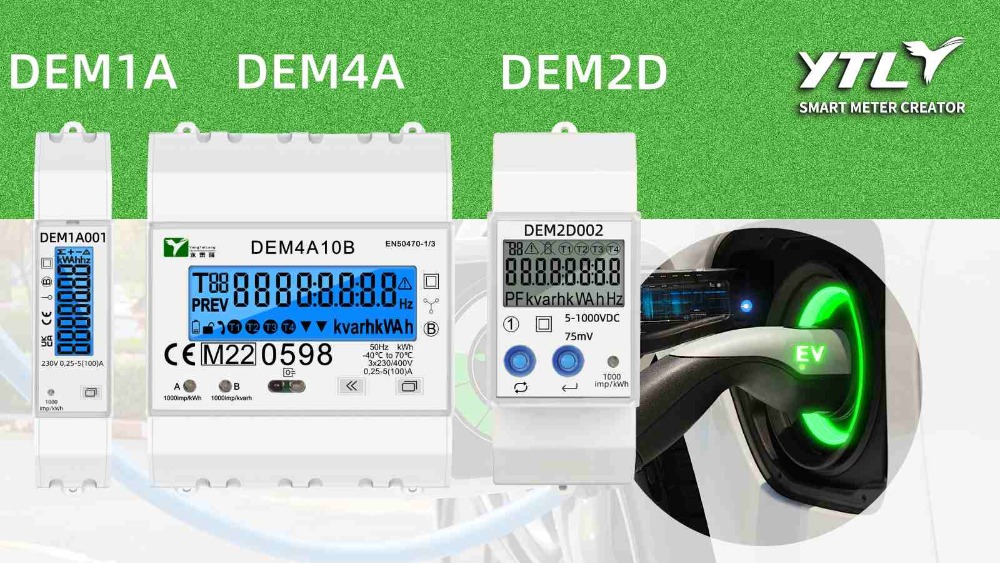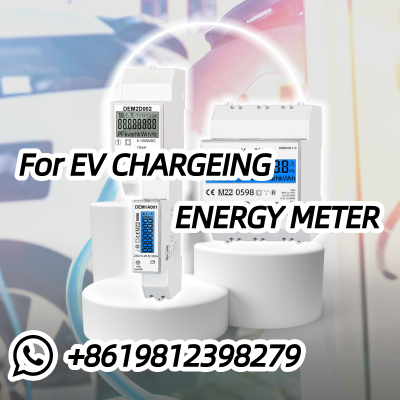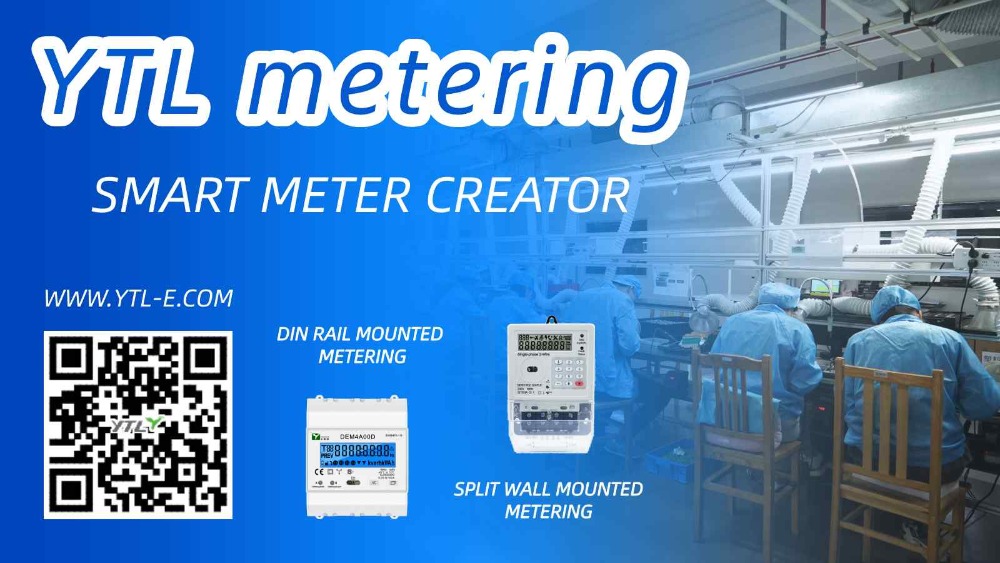The electricity meter follows the new development trend of the EV charging station
Currently, pure electric vehicles can not completely replace gasoline vehicles. For users, the priority problem is battery sustainability. For premium and middle-end electric vehicles are able to 500km pure electric battery sustainability. Actually should take many factors into consideration, electric vehicles are able to 400km basically. This range is similar with traditional gasoline vehicles. But with the development of EV, two problems becoming more and more prominent, too few public charging stations and too much time to charge batteries. These two problems have become the most anxious points for users.
In technologically, new energy vehicles charging station are divided into DC charging stations and AC charging stations.In the application, they are devide into household charging station and public charging station. According to the demand of users, new energy vehicles factories and charging station manufacturers are continually finding new ways to improve charging speed.
Generally, single phase AC charging stations has 3.5kW and 7kW, the currents are 16A and 32A.

Usually, select single phase two wire din rail renewable energy meter , which can measure current greater than 50A with RS485 communication, needs to pass measurement certification. DEM1A series, single phase din rail meter, EV charging electricity meter from YTL metering, maximum current is 100A, RS485 communication, meet MID certification, CPA certification.
Generally, three phase AC charging stations has 11kW , 16 kW and 21kW, the currents are 16A, 24A and 32A. DEM4A series, three phase din rail meter, EV charging electricity meter from YTL metering, voltage is 3x230/400V, maximum current is 3X100A, RS485 /Mbus communication, meets MID certification, CPA certification.
Commonly, DC charging stations are used 30kW, 60kW, 120kW, but this power is still far from meeting the expectations of users. Tesla's V3 Supercharger has a charging power of 250kW, and at the maximum charging power, it can travel about 120 kilometers in 5 minutes.
Porsche and Audi jointly developed a new charging station, its charging power reached 350kW, Tesla is also developing the latest V4 charging station, the maximum power also reached 350kW.
Recently, the Portuguese company i-charging launched a blueberry modular charging station, which is used by several charging stations to charge a car, which can support up to 600kW of charging power, setting a new industry record. This high-power charging station has high requirements for the power grid, resulting in insufficient transformer capacity in many places, the need to apply for special transformation, and high construction costs.
Now the market in the new 21kW DC charging station, mainly to solve the early new energy vehicle AC charging power is small, charging speed is slow, and there is no condition to increase high-power DC charging station, 21kW DC charging station is a good solution to this pain point of users. We can see that the specifications of DC charging stations are more diverse, what kind of DC charging station meters can be fully covered? DEM2A series, DC din rail meter, EV charging electricity meter from YTL metering, voltage is 5-1000V wide range, current is 75mV standard sampling design can replace the external shunt specifications to achieve the required current size, RS485 communication, compliant EN50470-4 standard.

The charging speed of new energy vehicles is not only achieved by increasing the power of the charging station, but depends on whether the battery system of the car can withstand such a large current. New energy vehicles are the future direction, which has been supported by governments around the world and has introduced many relevant policies to support it, entering the road of rapid development. The pain point of charging speed of new energy vehicles will continue to be innovated, researched and overcome; however, these is inseparable from the charging station electricity meter, and the measurement and billing of electric energy are indispensable.

 English
English 简体中文
简体中文














